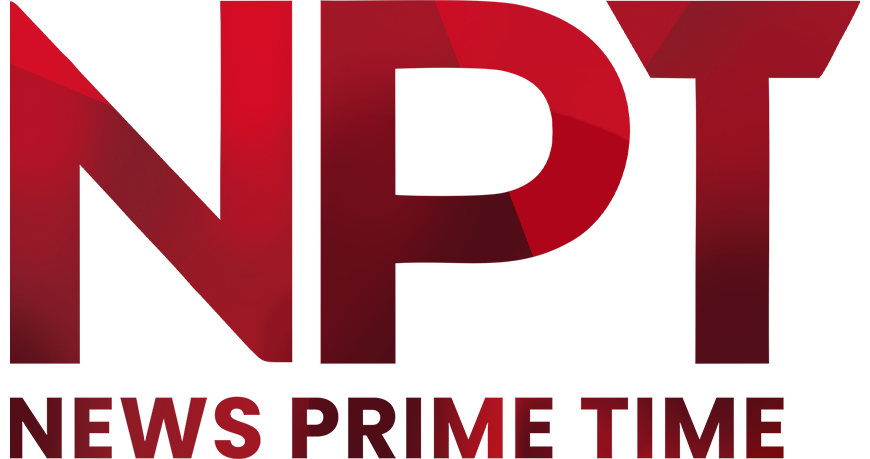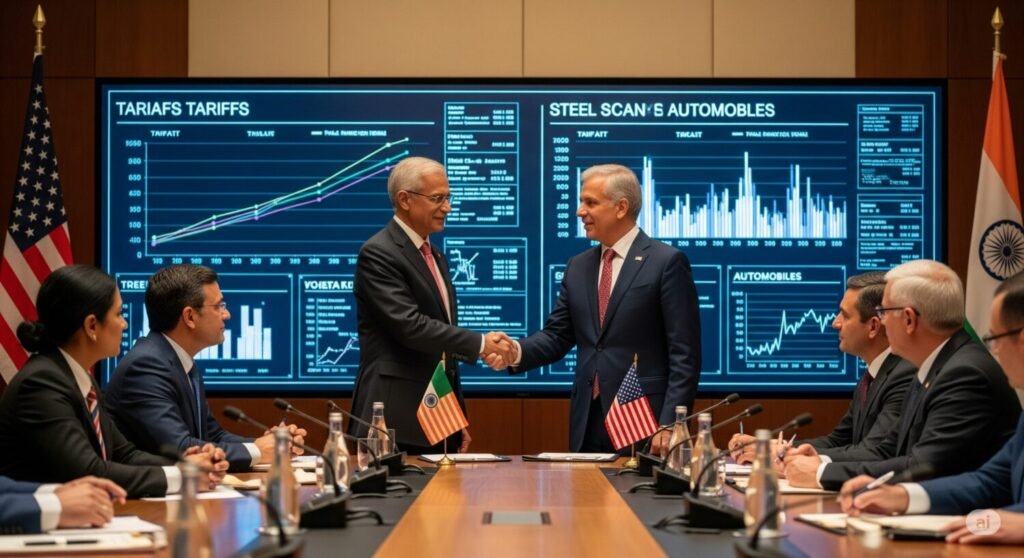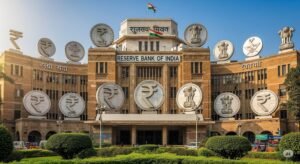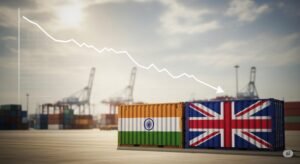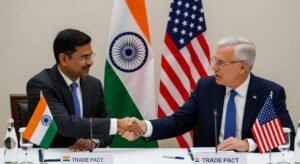Explore the complexities of the India-US trade deal, from auto tariffs to steel challenges. Understand why an agreement remains elusive.
The relationship between India and the United States has always been multifaceted, and trade is a significant pillar of this partnership. However, despite ongoing discussions and high hopes, a comprehensive trade deal between these two economic powerhouses remains elusive. For many in India, understanding the intricacies of these negotiations can feel like navigating a maze. Let’s break down some of the key factors at play.
The Persistent Puzzle of Auto Tariffs
One of the biggest sticking points in the trade talks revolves around automobile tariffs. India, with its burgeoning domestic auto industry, has been firm on its stance regarding import duties. The discussions often circle back to India’s proposal to impose retaliatory tariffs on certain US auto parts. This isn’t just about protecting local manufacturers; it’s a strategic move under World Trade Organization (WTO) norms to ensure a level playing field, especially given America’s existing tariffs on imported auto components. For Indian consumers and manufacturers, this translates to safeguarding local jobs and fostering indigenous growth in a competitive global market.
The Unyielding Challenge of Steel
Beyond automobiles, the steel sector presents another formidable hurdle. The US has maintained a firm position on steel imports, often unwilling to offer significant concessions to any country. This stance directly impacts India, a major steel producer, which is equally committed to protecting its own steel industry. The balance here is delicate: India aims to ensure its steel sector remains robust and competitive without being overwhelmed by imports, while the US seeks to protect its domestic steel production. This tug-of-war over steel tariffs highlights the broader challenges in finding mutually beneficial terms.
India’s Stance: No Deal Until It’s Right
A crucial aspect of India’s negotiation strategy has been its clear and unwavering commitment to national interest. As articulated by India’s Commerce Minister, the message is clear: there will be no agreement signed until it is fully finalized and demonstrably in India’s best interest. This isn’t about arbitrary deadlines or external pressures; it’s about ensuring any Free Trade Agreement (FTA) is genuinely equitable and beneficial for both nations. This approach resonates strongly with the Indian public, who expect their government to prioritize national welfare in global dealings.
A Broader Global Sentiment
It’s also worth noting that the challenges in the India-US trade talks are not isolated. Emerging economies, particularly the BRICS nations (Brazil, Russia, India, China, and South Africa), have increasingly voiced their concerns about what they perceive as unfair import tariffs imposed by the US. This collective sentiment underscores a broader international pushback against protectionist measures, adding another layer of complexity to bilateral negotiations like those between India and the US. It’s a reminder that trade deals are often influenced by a wider global economic and political landscape.
In conclusion, while the prospect of a comprehensive India-US trade deal is exciting, the path forward is paved with complex issues. From safeguarding domestic industries with tariffs on automobiles and steel to ensuring national interests are paramount, both nations are navigating a challenging yet crucial dialogue. The ongoing discussions reflect the dynamic nature of international trade and the continuous effort to find common ground for mutual prosperity.
